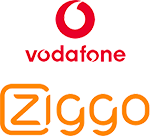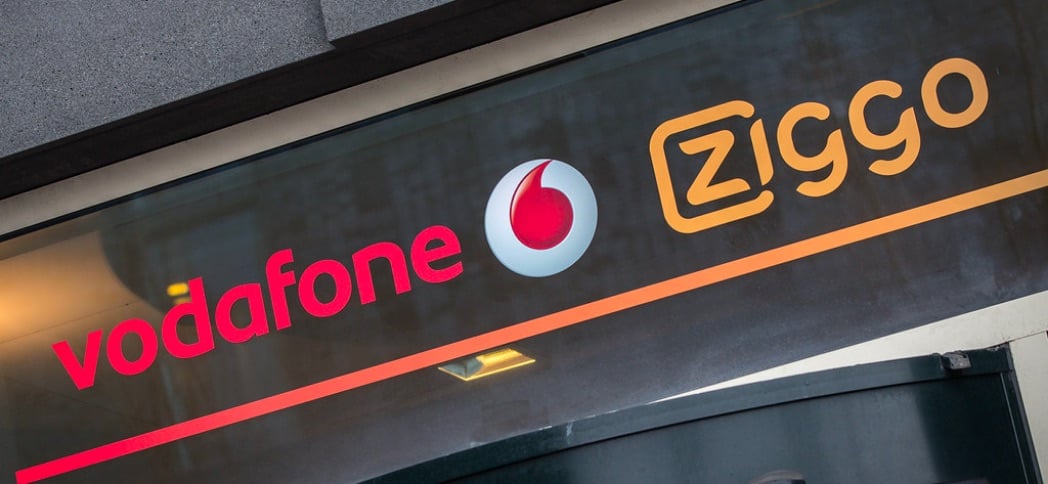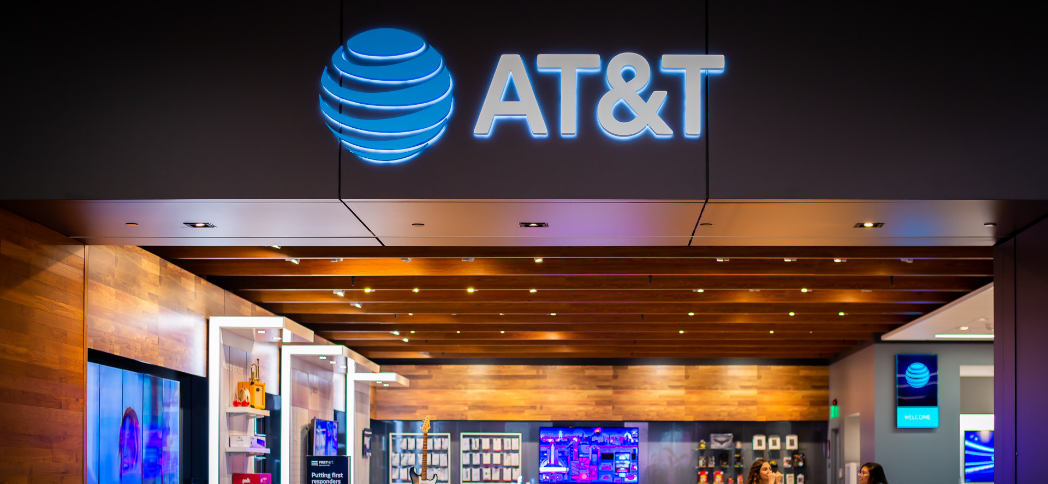VodafoneZiggo merges customer data, shrinks customer call volume by 70%


Snapshot (Sep 30, 2023)
243,350 Employees
K2view customer since 2020
Product
Resources
To continue providing excellent customer care with the merger, we needed near real-time data for eligibility checks, benefit provisioning for converged customers with both fixed and mobile subscriptions.
We’ve gone from 24+ hours for data updates to having data available in simply minutes or even seconds, boosting the customer experience and better supporting our customer care agents. We’re happy with how it is performing.
Marc Schmeetz
Program Manager, VodafoneZiggoThe business impact for VodafoneZiggo
With K2view Customer 360, VodafoneZiggo:
70%
Reduced incoming customer care calls
50%
Cut data update time from 24+ hours to seconds
50%
Reduced call handling time and improved CSAT
VodafoneZiggo is a leading Dutch telecommunications company that provides fixed, mobile, and integrated communication and entertainment services to consumers and businesses.
When Liberty Global and Vodafone merged, the combined company had nearly 20 million subscribers to support, including mobile and landline telephony, television, and fixed broadband. With a growing number of legacy IT systems from both entities, including CRM, OSS and BSS systems, VodafoneZiggo faced the challenge of servicing its existing, combined, and new customers. Its Customer Care Repository (CCR) required 24+ hours to complete data updates for new services - due to fragmented data sources and fragile integrations. To provide rapid eligibility checks and benefit provisioning to its customers, VodafoneZiggo needed a customer data hub that enabled real-time access to comprehensive, up-to-date, “360-degree” customer data that spanned all its systems.

Key Challenges
For providers of fixed and wireless communications, cable, and media services, customer retention hinges on delivering great customer experiences. These companies have a tremendous amount of data about their customers, networks, devices, plans and more. A great customer experience—whether via self-service tools, a support call, or fast service provisioning—requires access to the right data by the right person at the right time, often in milliseconds. This is the case for customers managing their services and invoices online via a self-service web portal or mobile app. And it’s the case for service agents handling phone calls and live chat sessions or field technicians installing new equipment on-site.
For growing communications and media companies, accessing all that data when it is needed most is a monumental challenge.
Customer data is scattered across the enterprise, trapped within dozens or even hundreds of systems. These legacy IT systems, third-party applications, data sources—even the cloud—each store their data in their own application-centric schema. Worse, as these companies launch new services and merge with other providers, the number of siloed data sources skyrockets, leading to even greater data fragmentation. To keep customers happy and operations efficient, organizations have to address the customer data problem. They need a customer data hub that securely provides a single 360-degree view of each customer’s data, no matter how many underlying systems there are. And they need the data delivered in real-time, organized exactly the way the enterprise needs it, to power exceptional customer interaction and optimal operational decisions.
Key Goals
- Replace its fragile and slow CCR with a customer data platform that provides real-time access to holistic customer data
- Integrate data from across multiple systems from both companies
- Tightly control the costs of ongoing data synchronization across those systems
- Reduce the volume of customer support calls and churn related to eligibility checks and new services by providing a better, more integrated customer experience
- To help realize these goals and new opportunities, VodafoneZiggo adopted K2View Customer Data Hub, providing the company with a single source for access and control of all its customer data.

Results
Enter K2View Customer Data Hub (CDH). A unique approach to customer data management. VodafoneZiggo needed the ability to access up-to-date customer data from across the enterprise, organize it based on business requirements, and deliver it on demand in a split-second. VodafoneZiggo easily connected all the data sources from the merged companies to provide a single-source customer data hub. The result is more accurate, precise 360-degree customer data in real-time, leading to more effective customer self-service, heightened customer satisfaction, and drastically reduced calls to customer support — not to mention improving the overall joint venture between Vodafone and Ziggo.
Data configuration in days or weeks – not months or years
K2View CDH eliminates lengthy development cycles, integration projects, and staging databases. Its simple graphic user interface, auto-discovery, and source-agnostic data integration modules let you model your customer as a digital entity that matches your business requirements—not those of legacy source applications.
Continuous data sourcing and two-way updating from any source
K2View CDH micro-database design allows secure integration with traditional RDBMS, big data warehouses/lakes, flat files, web services, cloud apps, and more. Each customer digital entity is stored in its own micro-database, secured by its own encryption key, and is continuously updated.
Zero impact to source operational systems
K2View CDH eliminates the need for backups and batch copying database snapshots back and forth, which disrupt your production systems and operations. It continually updates both source systems and target micro-databases, moving only the data that changes and only when it changes.
Maximum performance and unlimited scalability
K2View CDH delivers each customer’s micro-database on demand, in milliseconds. The patented micro-database technology provides unlimited scalability as your enterprise grows — without the storage, maintenance, and performance degradations of traditional data warehouses.












